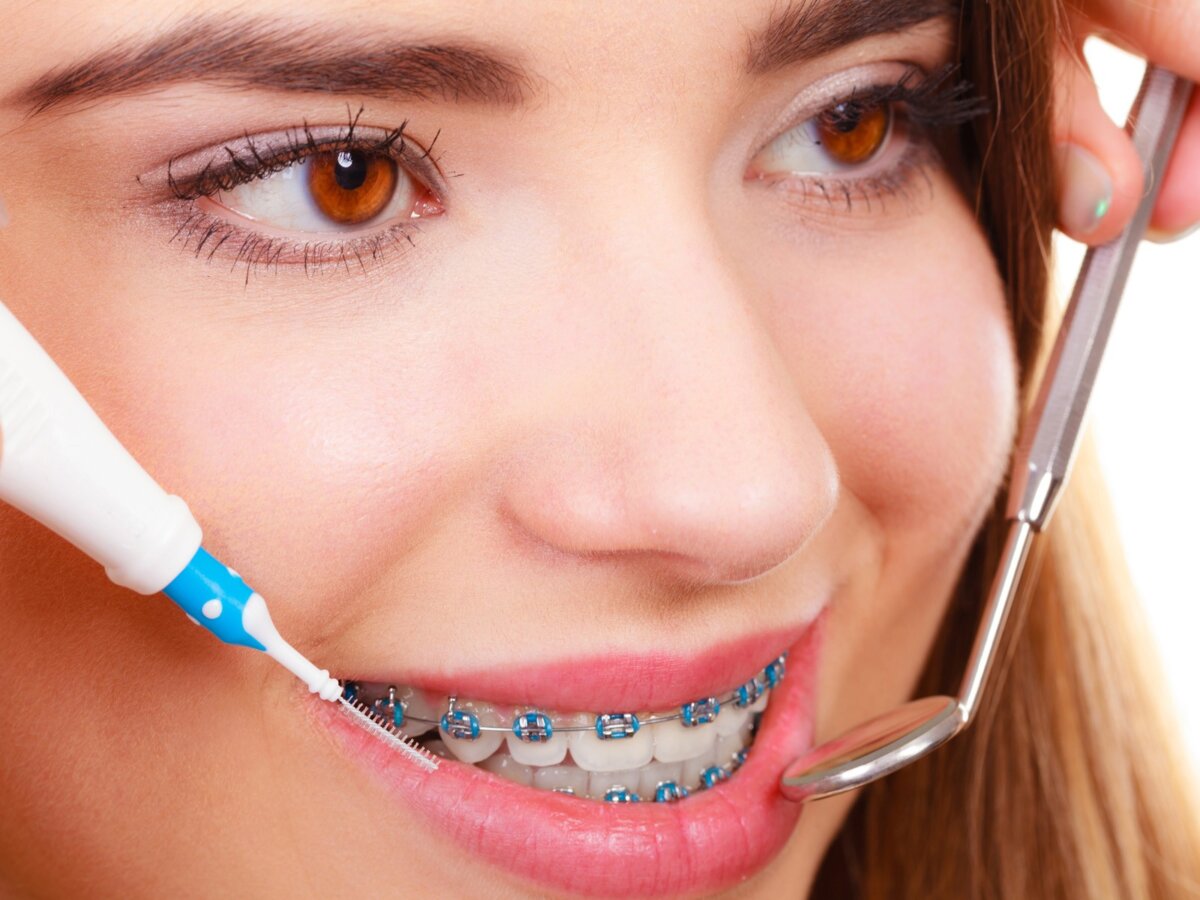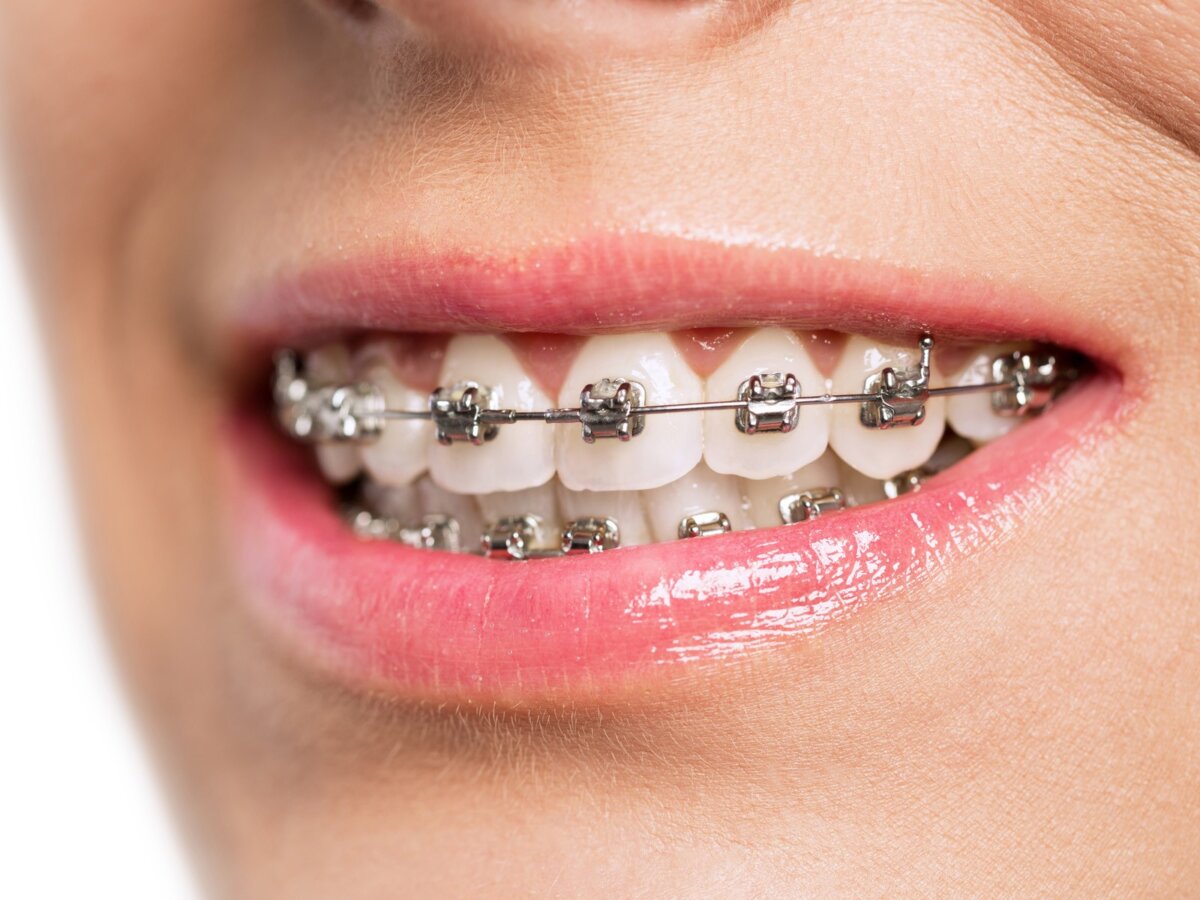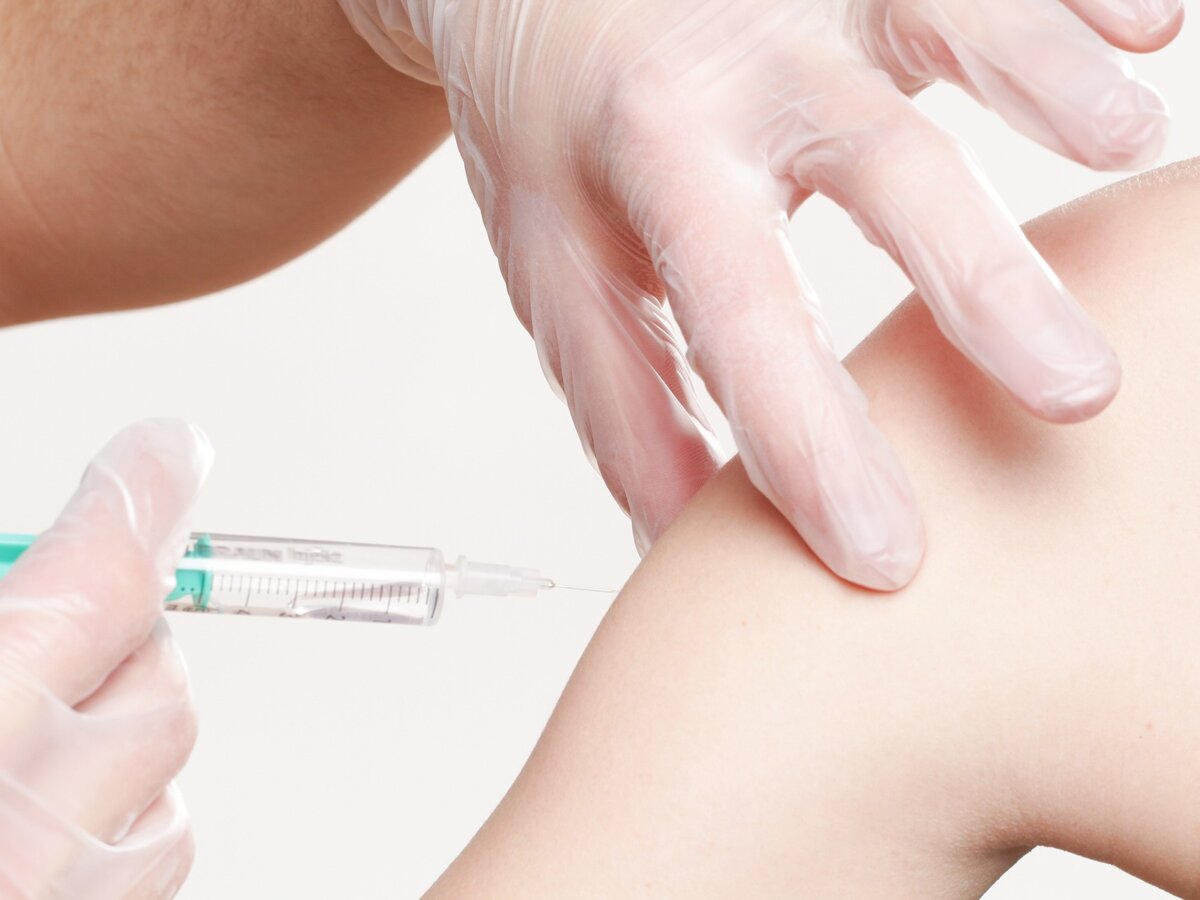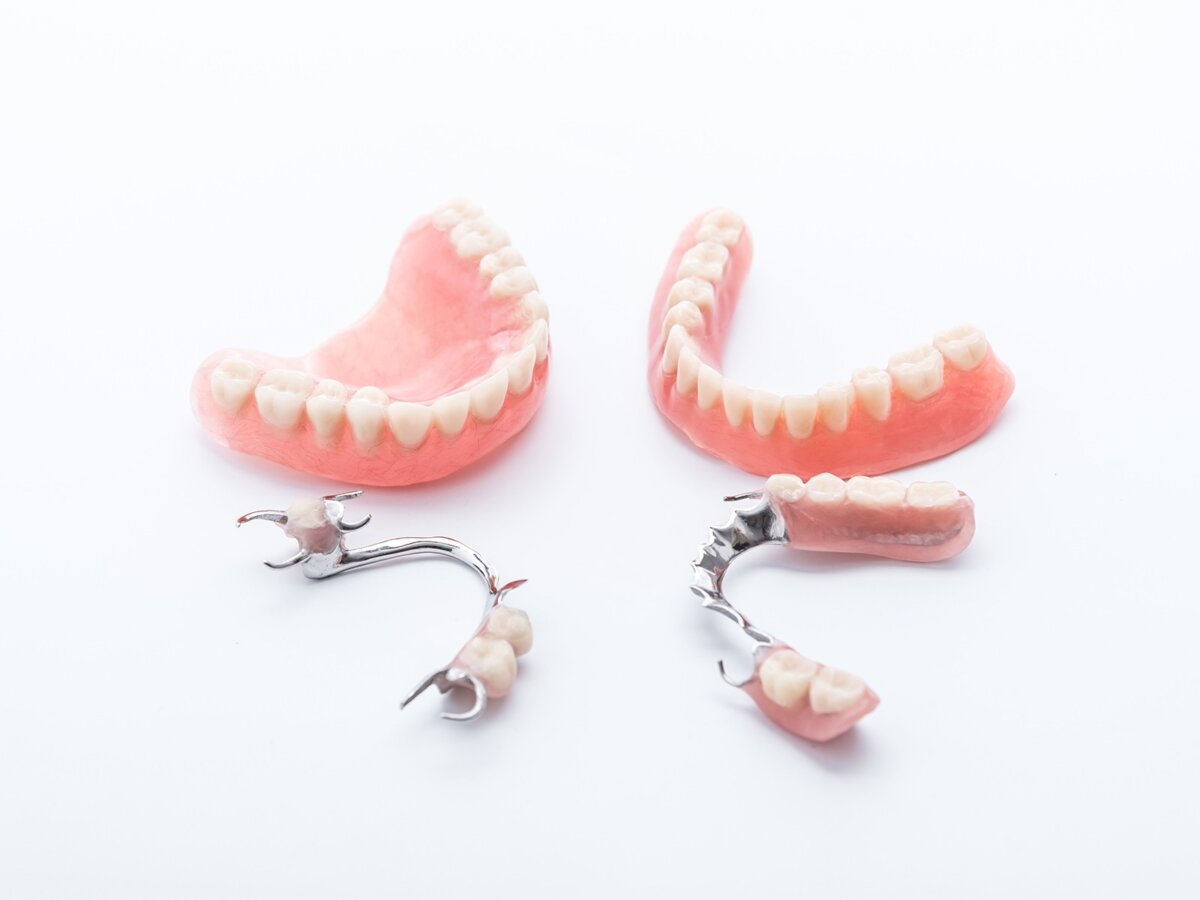In terms of white/clear braces, there are two types. The front of the teeth is traditionally fitted with white ceramic braces that look like train tracks during orthodontic treatment. In addition to clear removable braces, there are also clear retainer braces, which are removable and act similarly to retainers worn after the braces are removed to keep your teeth in place.
Likely, clear removable braces will not turn yellow since they can be removed for eating and drinking. They can be rinsed/washed quite easily if they get dirty for any reason.
Using white wires and clear elastics to attach the braces to the teeth, we move the teeth using the white braces attached to the front of your teeth, which are made of ceramic or porcelain. You can clean your teeth with clear removable braces as they don’t have any parts that are glued to your teeth.
After eating, brush, rinse and floss your teeth immediately
You were keeping your invisible braces invisible, which means removing food particles from your teeth as much as possible to minimize the appearance of stains. Whenever possible, it is best to brush, floss, and spit with mouthwash even after smaller snacks, rather than only after large meals. Furthermore, it prevents tooth decay around and behind your brackets, as well as keeping your teeth cleaner and healthier.
Quit smoking
Even if you immediately brush after smoking, smoking can still stain your teeth a sickly yellow, not to mention the health risks associated with it and the already existing staining power of nicotine smoke. Cleansing your teeth after smoking is harder than cleaning after any food that may stain, so you should brush as soon after smoking as possible. Don’t smoke.
Try not to use whitening toothpaste
This is a good choice whether you have clear braces or traditional braces. It is true that once you remove your brackets, the tooth surface underneath the brackets will be a different shade from the rest of your tooth, leaving you with some unsightly imprints of where your brackets once resided. Having said that, once your brackets are removed, they will remain white, but once these are removed, they will likely be a different shade than the rest of your teeth. If you wish to whiten your teeth, wait until your treatment has been completed and after all your appliances have been taken out.
Whenever those elastics begin to show, make sure you visit your orthodontist regularly and schedule extra appointments as necessary.
Schedule your appointment with a dentist today and get the treatment on time!







